Using network analysis to prevent seed-borne disease
Researchers have developed models to understand changing seed systems using network analysis. In Uganda and Southeast Asia, these models shed light on how pests and diseases spread through social networks, and provided insights on how to improve crop health (in Uganda and Southeast Asia).
To ensure that healthy seed of improved varieties reaches farmers, Karen Garrett of the University of Florida and other RTB partners are developing tools to analyze seed flows and to learn how to best intervene in RTB seed systems. Impact network analysis, designed to evaluate management strategies in linked social and plant disease networks, helps to improve researchers’ understanding of seed exchange networks as they become more commercial.
Network analysis can address complex questions such as the effect of climate change on seed degeneration, by explaining how information, pathogens and technologies move across seed networks and affect seed access, availability and seed quality.
In Uganda, RTB researcher Kelsey Andersen, from the University of Florida, used seed transaction data to build a network of seed and pathogen movement. Andersen and colleagues modeled scenarios for the introduction of a pathogen and evaluated the influence of its starting point and potential quarantine treatments on disease spread. The model showed how quarantine measures could most efficiently reduce the spread of the disease.
Farmers in Vietnam and Cambodia also have complex seed systems, according to Erik Delaquis of CIAT. Cassava farmers in Southeast Asia tend to use their own seed or exchange it nearby. However, traders also sell some cassava seed through inter-provincial and international networks, with 20% of Cambodia’s recorded seed supply coming from Vietnam and Thailand; however each local seed network is different. This new perspective on regional cassava seed systems shows that as cassava becomes a more important commercial crop, sold to distant factories, seed is also starting to move along the same far-flung routes. Seed systems must also adapt to emerging pests and diseases, which hitch-hike on the long-distance seed trade to travel across the region. University of Florida and CIAT are now adding weather and other risks into their models, to help manage cassava mosaic disease in Southeast Asia.
The work in Uganda and Southeast Asia shows that network analysis can identify the best surveillance locations and model the effects of different management tactics. This can help to spot when and where disease will start, before
it has a chance to spread further. Such targeted decision-making approaches are particularly valuable when resources for surveillance are limited – as in many developing countries. “We model where the disease is likely to move next, and the management strategies that are likely to be most helpful,” said Garrett.
SHARE THIS
